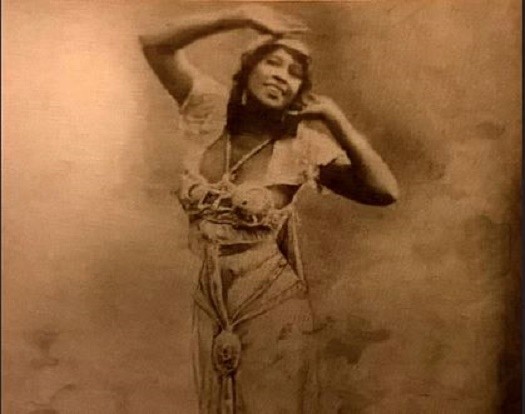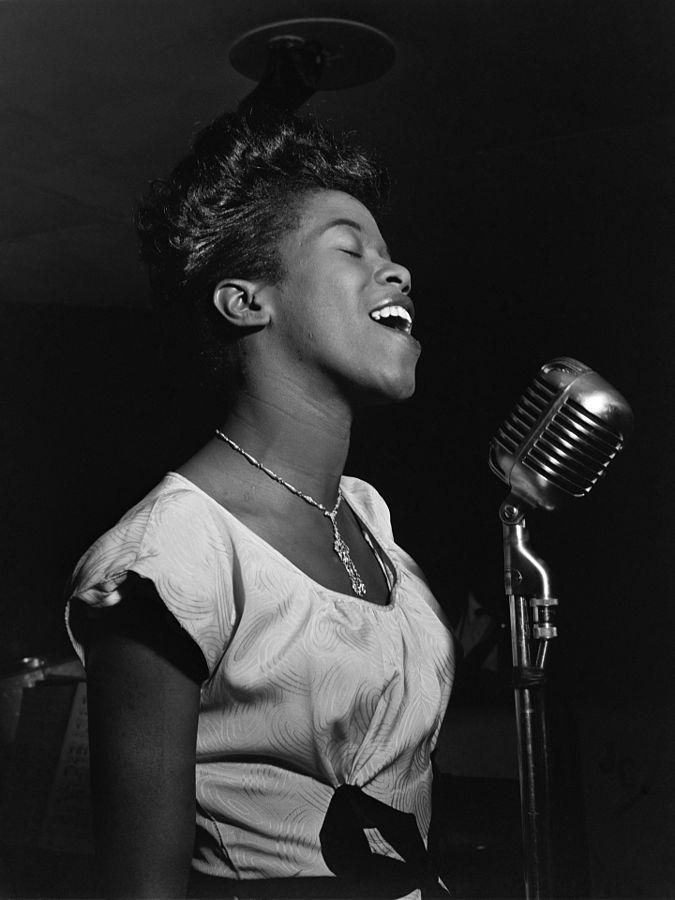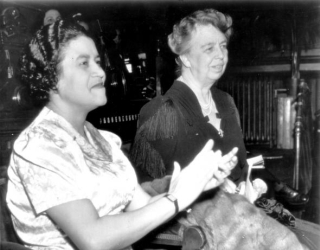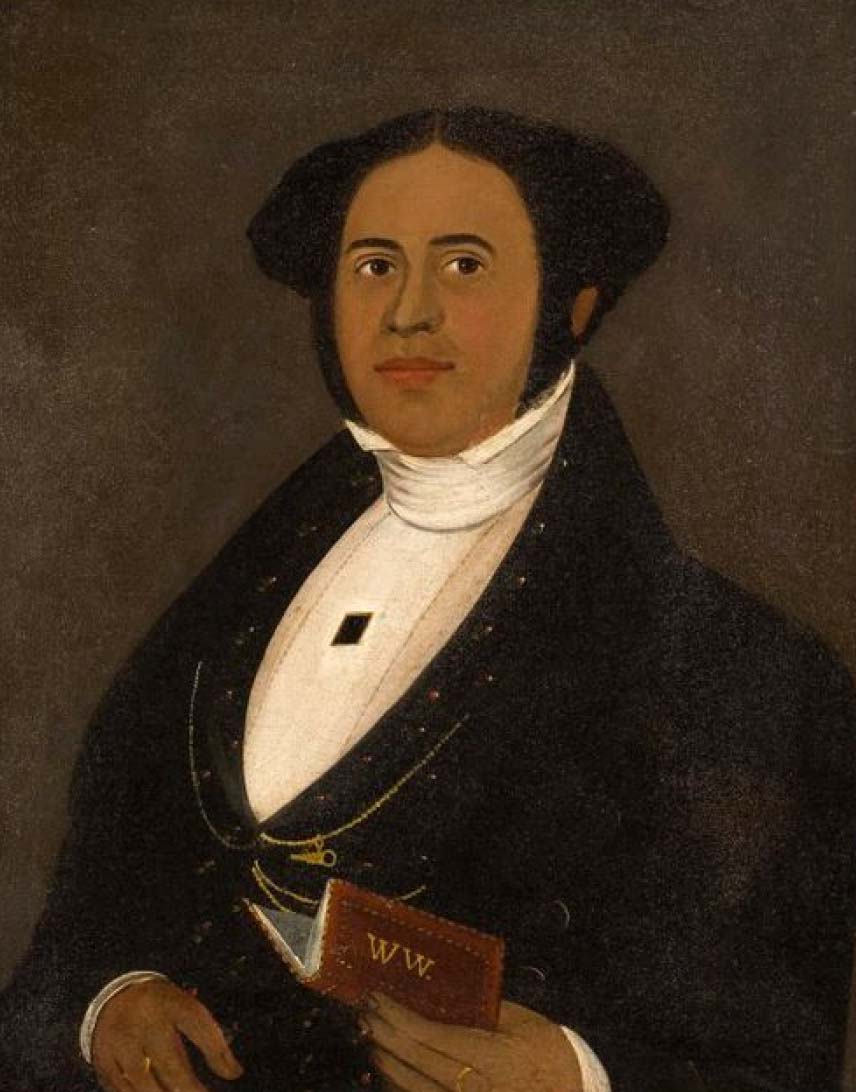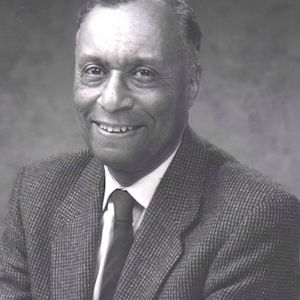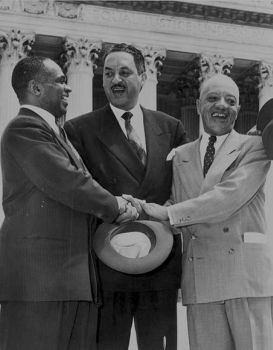St. Augustine’s University is a private, four-year coeducational liberal arts college located in Raleigh, North Carolina. St. Augustine’s was founded in 1867, making it one of the oldest historically black colleges and universities (HBCU) in the United States.
St. Augustine’s University was originally founded as the St. Augustine Normal School and Collegiate Institute. The name of the school was changed to St. Augustine’s School in 1893, then to St. Augustine Junior College in 1919. The school’s status was upgraded to a four-year institute in 1927, and the name was changed one final time in 1928 to St. Augustine’s College. It became St. Augustine’s University. On August 1, 2012, St. Augustine’s College became St. Augustine’s University. St. Augustine’s awarded its first baccalaureate degree in 1931, after being accredited by the Southern Association of Colleges and Schools.
Closely associated with the Episcopal Church, St. Augustine’s was initially opened as a school for former slaves. Currently, St. Augustine’s University offers thirty-eight disciplines of study, and has a special emphasis on preparation for graduate studies and careers in chosen professions. The core curriculum at St. Augustine’s include programs in business, computer science, teacher education, natural sciences, mathematics, interdisciplinary studies, theater and film, adult education, community development, communications, and military science.
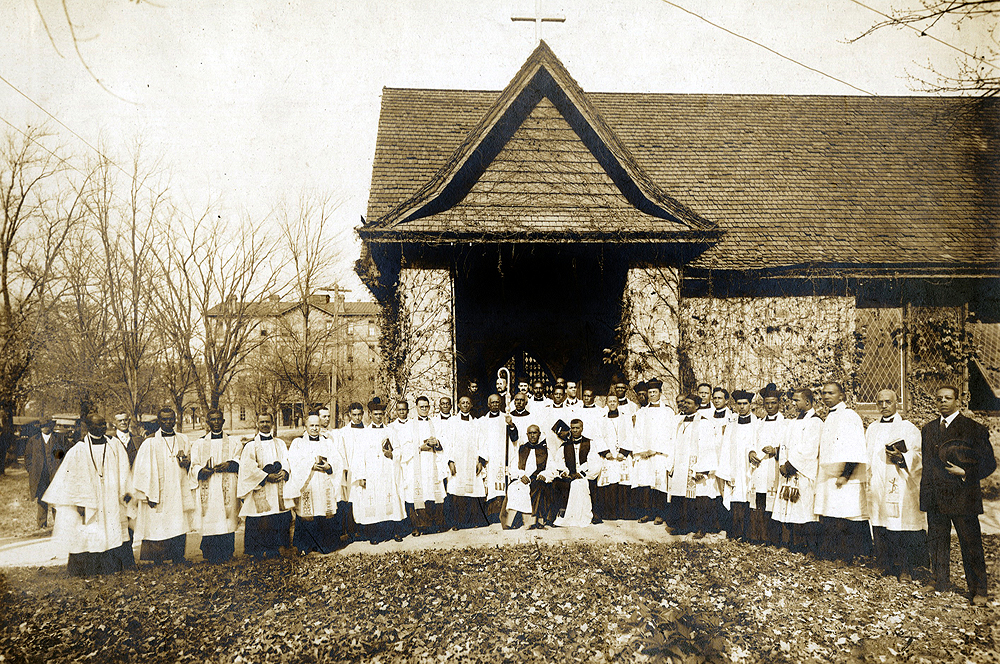
Installation Ceremony at St. Augustine’s College of the First Black Episcopal Bishops in the US, Nov. 21, 1918
The campus of St. Augustine’s houses thirty-seven facilities, three of which (its Chapel, Saint Agnes Hall, and Taylor Hall) are registered historic landmarks. In 1987, it became the first HBCU to have its own on-campus commercial radio and television stations, WAUG-AM750 and WAUG-TV68, Cable Channel 102.
Enrollment at St. Augustine’s is presently approximately 1,500 students, about half of whom are from North Carolina. The other half are residents of 37 different states, the District of Columbia, the US Virgin Islands, Jamaica, and thirty other nations. The college also employs nearly 100 faculty. St. Augustine’s University has over 10,000 living alumni, including such prominent figures as educator Dr. Anna Julia Cooper, Henry Beard Delany, the first African American elected a bishop in the Episcopal Church of the United States, Selma Burke, artist who created the bust of President Franklin D. Roosevelt, Lloyd Quarterman, one of the scientist who worked on the Manhattan Project in World War II which created the first atomic bomb, Hannah Diggs Atkins, the first Black woman to serve in the Oklahoma State Legislature, North Carolina’s first elected African American state auditor, Ralph Campbell, internationally acclaimed track and field coach George Williams, former Assistant Secretary of the Air Force Ruby Butler DeMesme, and sisters Bessie and Sadie Delany, who published their collective memoir titled Having Our Say at the ages of 102 and 104.



